Spring is quickly approaching, and with it comes new opportunities to refresh your home and enrich your life. This issue of American Lifestyle is here to help you embrace the season with a look at eight diverse spring celebrations, tips for securing your backyard, a deep dive into at-home Indian cuisine, and strategies to help you prep for next month’s eclipse.
As the season of renewal, spring inspires diverse cultures across the globe to commemorate its arrival with a tapestry of vibrant festivities. This issue explores eight of the most popular, all of which highlight the promise of new beginnings and welcome spring’s warm embrace.
With the upcoming arrival of warmer weather, you’re likely excited to make the most of your backyard. Inside, explore safety tips to better ensure your outdoor space is secure for both hosting events and everyday use. From eliminating hazards like sharp objects to addressing pest issues, these strategies are essential for creating a secure and enjoyable environment for all.
Anupy Singla, author of Instant Pot Indian, is on a mission to make Indian cuisine healthy and accessible for everyone. In this issue, she discusses her upbringing and the benefits of at-home Indian cooking, sharing two delicious recipes from her cookbook for creamy turmeric corn soup and warm north Indian salad.
On April 8, a solar eclipse will grace the skies, offering a magnificent spectacle for everyone to enjoy. Discover what you need to know to prepare for the celestial event, and get ready to watch the sky transform as the moon passes across the sun.
Here’s hoping you have a wonderful start to spring! As always, it’s a pleasure to send you this magazine.
Spring is a season of renewal, and people all over the world commemorate its arrival with unique and vibrant festivities. From colorful processions to ancient traditions, these eight springtime celebrations offer a glimpse into the diverse cultures that make our planet so special.

An annual event in Ottawa, this festival is renowned for its vibrant displays of tulips, which are the result of international ties. In 1945, the Dutch royal family gifted Canada thousands of tulip bulbs in gratitude for sheltering Princess Juliana and her daughters during World War II, a gesture they’ve continued yearly to this day. Featuring the largest display of tulips on earth, the festival clothes the city in a riot of colors and fragrances and includes cultural performances, art displays, and various activities, all of which commemorate the sacrifice of the Canadian soldiers who helped liberate the Netherlands during the war and celebrate the enduring friendship between the two countries.
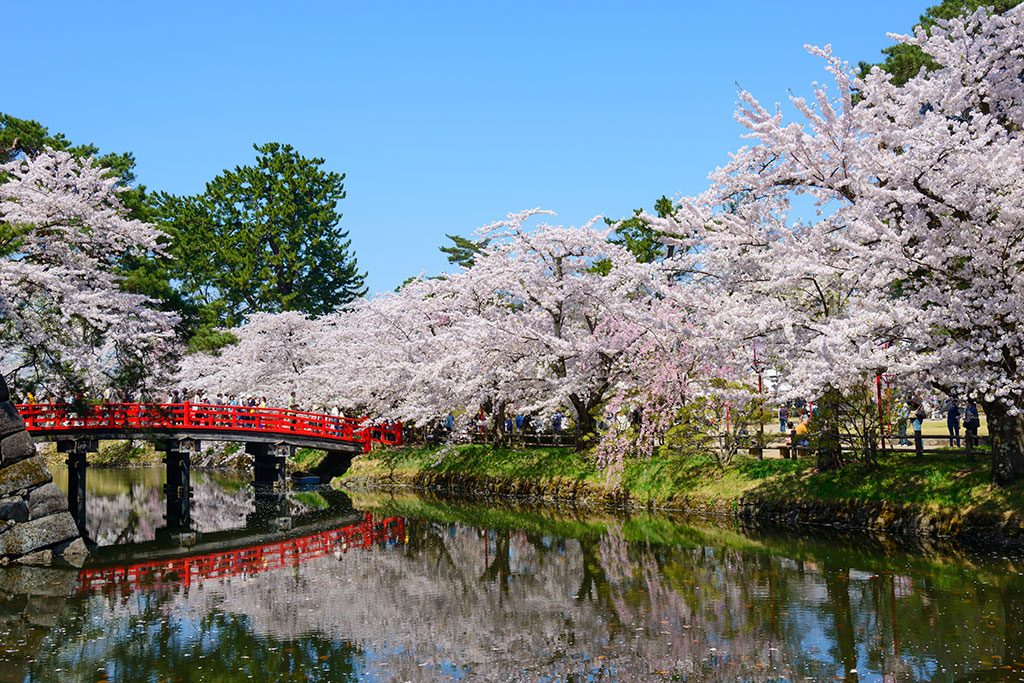
In Japan, spring is heralded by the breathtaking bloom of cherry blossom trees, also called sakura. The cherry blossom festivals, or hanami, are a time for revelry under the trees and enjoying the delicate pink and white blossoms for the short period of time they’re around, generally a maximum of two weeks. Celebrations can be found across the country, including in Tokyo, Osaka, Kyoto, Kyushu, and Hokkaido, though the dates of each one varies year by year due to changing blooming cycles and the differing climates of the locations.

During this festival of colors, people across India come together to engage in color battles, gleefully showering one another with colored water and powders. Each hue carries its own profound meaning; for instance, red symbolizes love and green new beginnings. Besides color, the event is filled with lively music, spirited dance, and an array of delectable dishes, including gujiya, a sweet dumpling brimming with dried fruits. All festivities mark the triumph of good over evil and the dawn of a new season.

This vibrant festival is celebrated each March in Valencia and combines art, tradition, and pyrotechnics to enchant visitors from around the globe. The main attractions are the ninots and fallas, which are intricate cardboard, wood, and papier-mâché sculptures and scenes. These monumental works of art, often reaching several stories in height, are placed around the city for locals and tourists to admire before being set ablaze on the final day as a symbolic way of starting anew.

Nowruz, or the Persian New Year, is a joyous holiday observed by millions. It marks the vernal equinox and involves gathering with family members, setting up a holiday table known as a haft-sin, and jumping over fire. The celebrations represent the beginning of a new day and overcoming any negativity from the previous year.
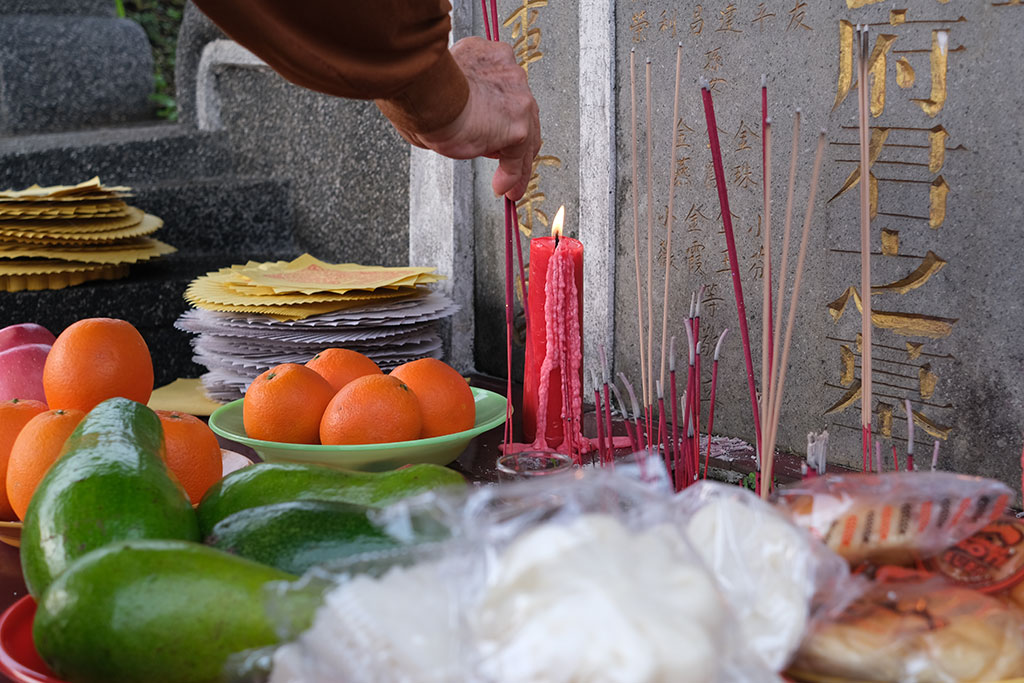
On what’s known as Tomb Sweeping Day, families pay their respects to their ancestors and loved ones by cleaning off their tombstones and burning incense and paper goods. As it coincides with the arrival of spring, observers also partake in an outing, called a tàqīng, and often fly a kite, with many cutting the string to let it fly away. This action is believed to carry off any misfortunes and bring good luck for the coming season.

Typically held on the third Monday of April in Zurich, this spring festival is a cherished tradition that unites the community and offers a lively way to celebrate the changing seasons. It features a parade of musicians, horse-drawn carriages, and local guild members dressed in historical outfits that ultimately culminates in the burning of the Böögg—a giant snowman whose head is filled with fireworks. It’s said that the faster the snowman burns, the better the weather will be during summer.

Starting every year on April 13, this water festival marks the beginning of the Thai New Year and focuses on moving forward. While people gather with family members and visit local monasteries to engage in customary practices, they also celebrate with water fights. Locals and tourists alike flock to the streets and splash each other using water cannons, buckets, and hoses as a symbolic way of washing away the previous year and stepping into the new one.
These springtime festivities provide just a small glimpse at the rich tapestry of cultures and traditions our planet has to offer. Further, they remind us that spring is not just a season but also a time for unity, remembrance, and the promise of new beginnings. So as the world awakens to spring’s warm embrace, take inspiration from these diverse traditions and celebrate the enduring spirit of the season.
Once spring starts to bloom, the longer, sunnier days and reinvigorated life in your garden may inspire your whole family to enjoy the outdoors. But before you host an Easter celebration, invite friends over for a weekend barbecue, or simply enjoy after-school playtime with your children, ensure your backyard is ready for entertaining by following these basic safety tips.

Do a clean sweep of the grounds to identify immediate dangers, such as holes in your lawn, stray gardening equipment, exposed nails or screws (including in piles of plywood, which may have fasteners), and sharp surfaces like rusted downspouts. Also check for uneven concrete or loose pavers, which can cause tripping, and inspect your deck for any soft areas that may be unstable. These hazards could injure rowdy kids or pets at play, so take care of what you can and hire a contractor to fix what you cannot.

While it may feel convenient to simply toss your shovel or shears aside and head indoors after some tiring yard care, putting these items away is an essential safety step; they may have sharp edges or chemicals that are incredibly dangerous to children. Store all home-improvement tools and yard-care equipment in a shed or closet, and keep the door locked at all times.
Inspect all outdoor furniture and play sets for signs of wear or damage. Remove broken products, and repair any loose parts, hiring a handyperson to do so as necessary. Metal surfaces such as railings and slides can also become extremely hot in direct sun, so drape them with protective coverings when not in use or replace them with heat-resistant alternatives.
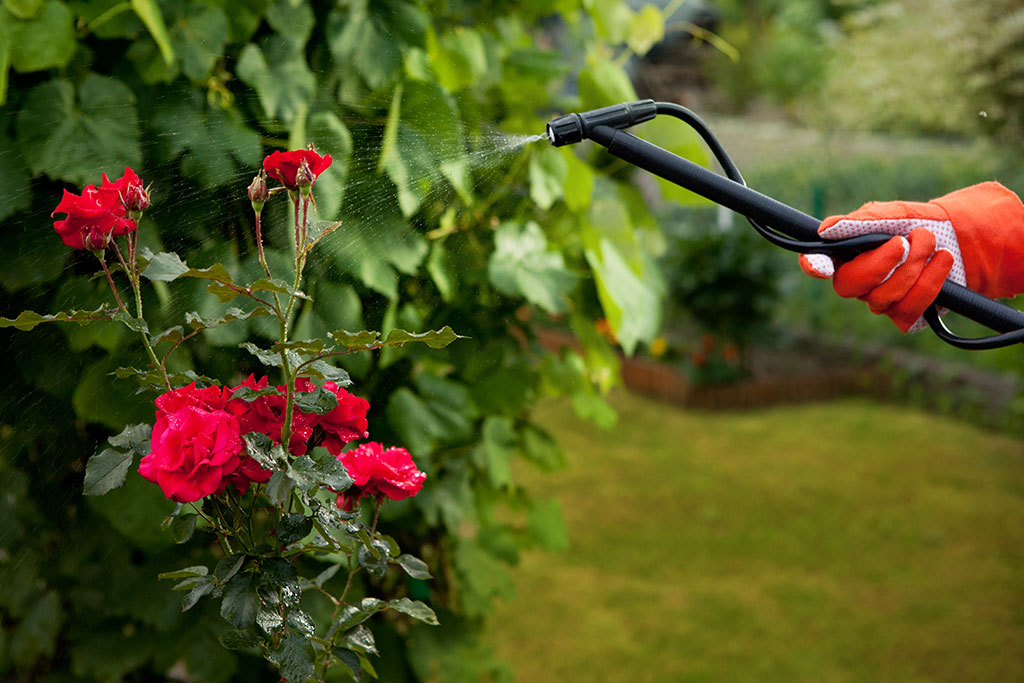
Pests aren’t just unappealing; they can also make your backyard unsafe, given the array of stingers, teeth, and illnesses they may wield. Keep an eye out for animal droppings on the grounds, which could be a sign of vermin, and use the handle end of a shovel to search toys and play furniture for covert critters. If you’re comfortable doing so, carefully eliminate fire ant mounds, wasp nests, and low spiderwebs. For more hazardous pest problems, however, you’ll want to hire an exterminator to take them out, preferably with safer organic repellents.
To keep your premises pest-free, always store pet food in secure containers and throw out uneaten food scraps right away. If you store your trash and recycling bins in your backyard, make sure to keep the lids fully closed at all times. You should also eliminate water that collects in items like pots and buckets—standing water acts as a breeding ground for mosquitoes and may attract thirsty rodents like mice or rats.

Your garden can be a pretty danger zone in its own right. Inspect it often to clear it of possible hazards, including thorny weeds and dead branches, which can be sharp and brittle. Garden favorites such as foxgloves, azaleas, and daffodils can be toxic if eaten, so consider fencing in these offenders or replacing them with an herb-and-vegetable garden if you have small children or outdoor pets. Additionally, use an app like Google Lens to identify plants in your yard and get their exact names; this info could be incredibly helpful in the event someone eats a poisonous plant. Should that happen, contact Poison Control immediately via its website or by calling its helpline at 1-800-222-1222.

If you have overly friendly neighbors or adventuresome children, consider installing a tall, secure fence around your backyard. As an added precaution, you could also padlock the gate and keep the key somewhere out of your kids’ reach. Do you own a pet with poor social skills? Pen them behind a fence in your yard when hosting guests to prevent accidents—and avoid any potential legal or insurance issues.
When it comes to backyard pools, a fence is a must. Make sure to lock the gate or door to the pool area and put the key in a secure place so your little ones can swim only when an adult is present. For an extra protective measure, you may want to install an innovative pool alarm that can detect and then alert you when anyone enters the premises.
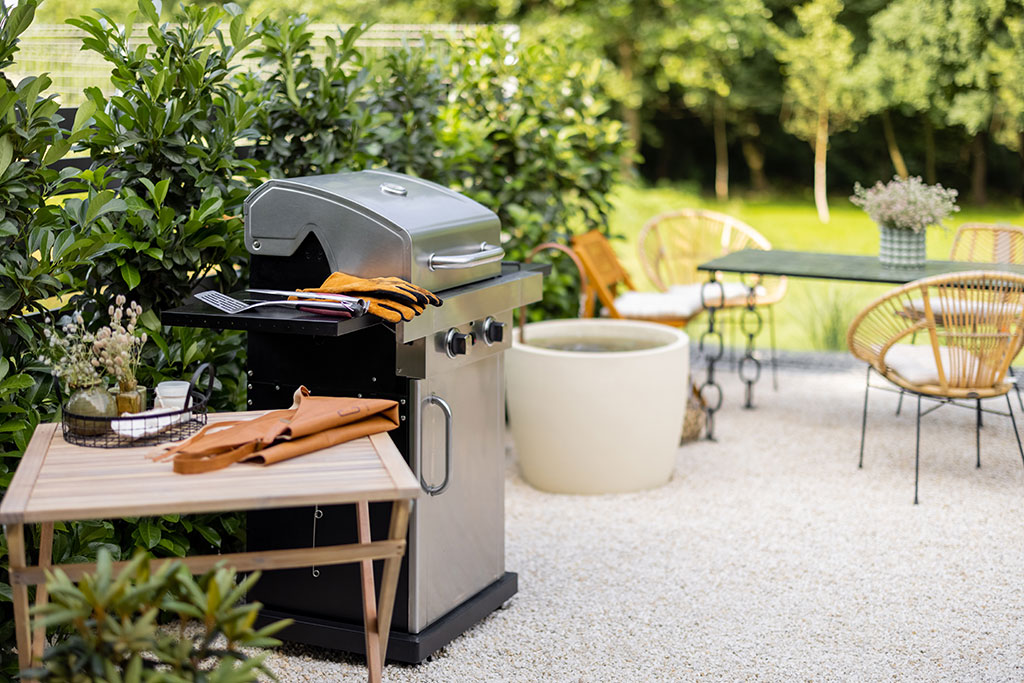
According to the National Fire Protection Association, about 9,500 people per year visit the ER due to grill-related burns. If you have a mobile grill, set it on a wide, nonflammable surface not under a ceiling and well away from walls, fences, and railings to reduce the risk of fire or smoke damage. Smokers and other types of grills can still be very hot even when their lids are shut, so consider making outdoor cooking areas off-limits to youngsters (and any guests with a tendency to back-seat grill). Also, keep your charcoal lighter, matches, and sharp cooking tools such as barbecue forks out of reach.

Finally, set firm guidelines for safe and fun backyard gatherings. Ensure that your children always wear well-fitted clothing and shoes before they play, and be watchful if they are swimming or engaging in an impact sport like basketball. You may also want to ban any excessive roughhousing for both kids and adults, especially near a pool. To prevent dehydration and heat exhaustion, require that everyone limits their time in direct sunlight and takes frequent water and rest breaks.
While you cannot completely eradicate all possible accidents and injuries, paying careful attention and taking precautions may sharply reduce these risks. Follow the above safety steps, and you can help make your backyard a place where wonderful memories blossom and seasonal celebrations run smoothly.
Indian cuisine may not yet be as omnipresent in America as its Italian, Chinese, or Mexican counterparts, but that’s rapidly changing. One of the people leading the way is Indian food coach Anupy Singla, whose cookbooks and blog advocate for healthy, accessible Indian recipes. Here she discusses her culinary heritage and mission and shares recipes from her latest cookbook, Instant Pot Indian.
Singla opens up about her conflicted upbringing, dispels myths about Indian food, and shares how she’s getting people excited about making it at home.
This satisfying blend of corn, potatoes, shallots, and seasonings makes for a warm, comforting dish on a chilly March night.
Kick your salad game up a notch with this tasty yet simple five-step recipe, which features hearty, tender legumes and an array of spices.
Recipes excerpted from Instant Pot Indian by Anupy Singla. Agate Publishing, 2023. Cover photo © Andrew Miller | Andrew Miller Photography.
What was your life like growing up?
I was born in Punjab, India, but moved to Pottstown, Pennsylvania, at age three. My family settled in nearby King of Prussia when I was in fifth grade. There were hardly any Indians in our community: one other family in our neighborhood and maybe two or three other kids in our school.

In my early years, I pushed away things like Indian food because I wanted to be like everybody else—I was determined to eat Steak-umms at home and Chick-fil-A and Boardwalk Fries at the mall. But we had Indian food just about every night at dinner; even our spaghetti sauce would have cumin seeds. I would fight my mom on it, but now I’m cooking the same way for my kids.
What changed for you?
A turning point was when India celebrated its fifty-year anniversary of independence in 1997. The Philadelphia Museum of Art unveiled a big exhibit for it, which I covered as a reporter. With this commemoration, people started to understand what India was—more than stereotypes like widespread poverty and eating with your hands—and I began to truly appreciate our rich culture of food.
How did you go from being a reporter to a cookbook author?
In Chicago, I covered the 3:00 a.m. news. I loved it, but it was difficult. My husband has always traveled Monday through Friday, so I felt like a single mom juggling everything during the week. It just wasn’t working; I couldn’t get up the energy to cook. I would often sit in the news truck and cry because my young girls were home without me and weren’t eating the way I wanted them to.
I wanted to reset my kids’ palates, and I’d always had an inkling to write a slow-cooker cookbook because my mom, being a full-time worker herself, had raised us on Crockpot Indian cooking. So I started my blog, Indian as Apple Pie, in 2009 while compiling her recipes into a book. Despite many rejections, I eventually found a publisher and sold around 100,000 copies. It was mind-blowing: a no-name author, self-trained in the kitchen, writing a successful cookbook.
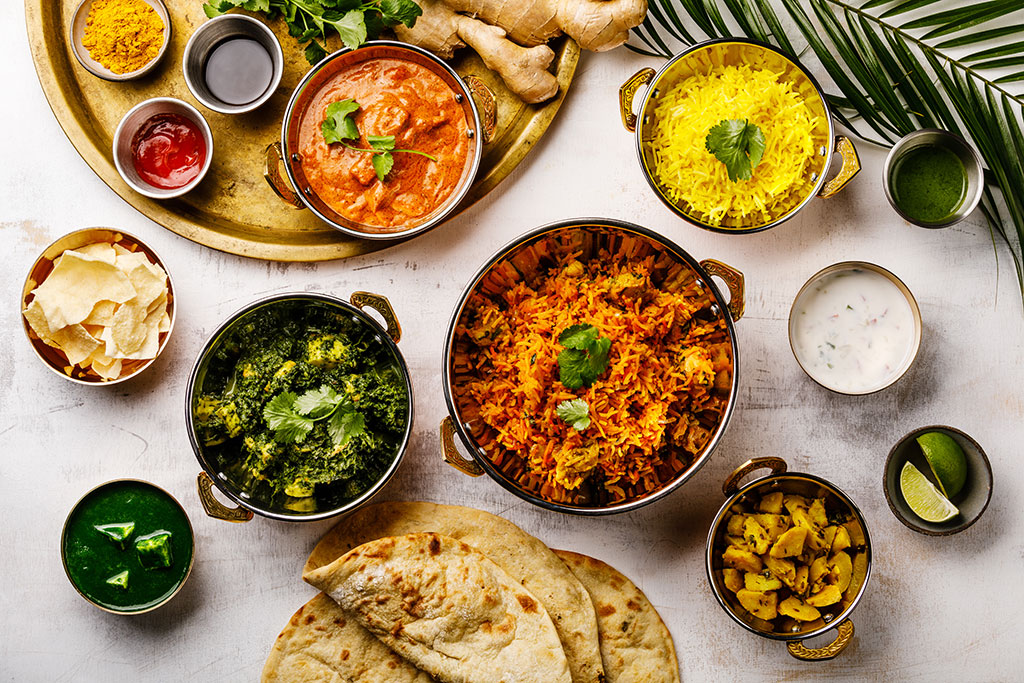
Do you have any other culinary heroes?
My paternal grandfather, who lived in a tiny village in Punjab, was also a big influence. He was a huge foodie—he’d travel throughout the region, bring back recipes to make, and share stories about them. When he visited us in America, he’d teach me how to cook amazing spicy recipes, which I loved. Now my mom gets mad at me for putting so much heat in a dish, but my dad always says, “This is so good!”
How challenging is it to write a cookbook?
Have you ever given birth? [Laughs] That’s what I compare writing a cookbook to. People don’t realize that you don’t just simply gather all the groceries and create a recipe. You have to cook it, test it, and retest it; because I’m relatively small potatoes, my family are my taste testers. Then you must figure out what to do with all the food you made. I give it away, which is work in itself. And so many dishes pile up.
So cookbook writing is really challenging. It especially was for my latest book, Instant Pot Indian, because I essentially wrote three books in one: each recipe is broken down into three different Instant Pot sizes. But I love what I do, and I’m excited about being able to pass these recipes down to my girls.
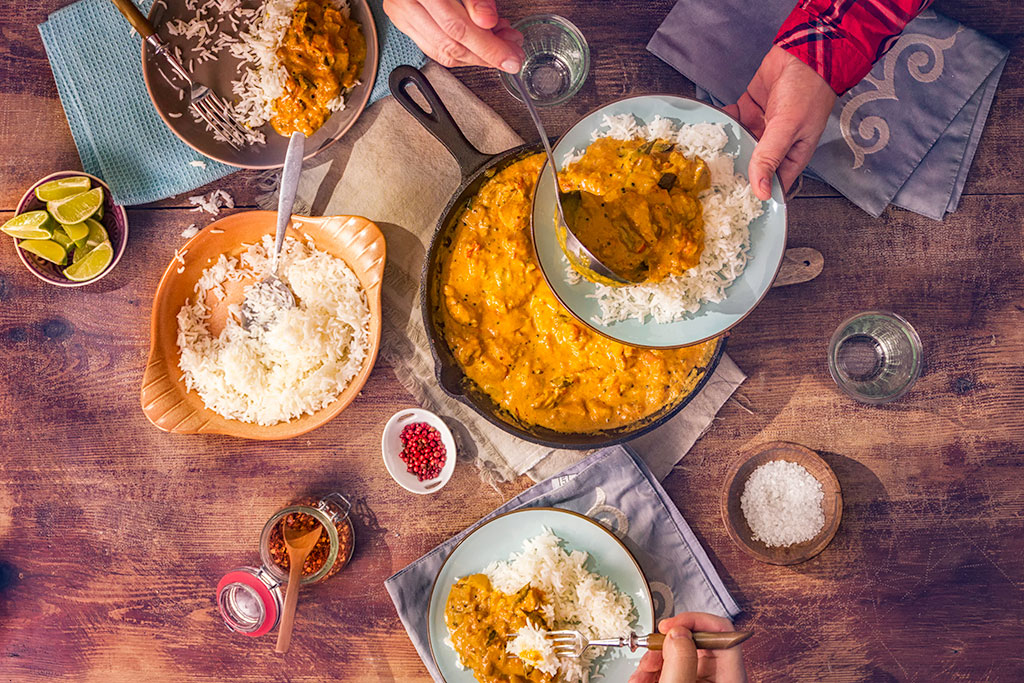
Tell us about your Indian as Apple Pie product line:
That was inspired by my neighbor Christine, who loved my recipes but could never find the ingredients to make them. I realized that Indian could never be a mainstream cuisine until it was easily accessible to American households. That’s been my main mission with Indian as Apple Pie: I want to break the preconceived notion that our recipes are complicated. They can be as simple as those of any cuisine if they’re easy to digest, no pun intended. People think they need dozens of spice blends when they only need six or seven key spices supplemented with one or two spice blends.
For example, a restaurant’s chickpea curry may have six to eight spices; to re-create it, you’d have to spend $40 to get all the spices if you’re starting from scratch. That won’t work for most people, which is why we launched our spice kits in 2023—if you just want to give Indian cooking a try, they are a perfect entry point. We’ve been inundated with orders for them ever since.
What other misconceptions exist about Indian food?
Misperceptions are very much a problem. To start, many people don’t even realize that curry powder isn’t part of our cuisine. Another common one is about bread: we don’t eat naan regularly. It’s baked in a tandoor oven, which most people don’t have. Instead, we usually make roti, a tortilla-like flatbread.
A final big assumption is that Indian food is unhealthy. Indian restaurants, just like any other business, want you to keep coming back, so they add cream and extra oils. However, my specialty is homestyle Indian cooking, which is very clean and very light on the oil. Also, Indian cuisine is naturally gluten-free. Now that I make it at home, I’m the healthiest I’ve been since high school and it’s made a huge difference for my family overall.
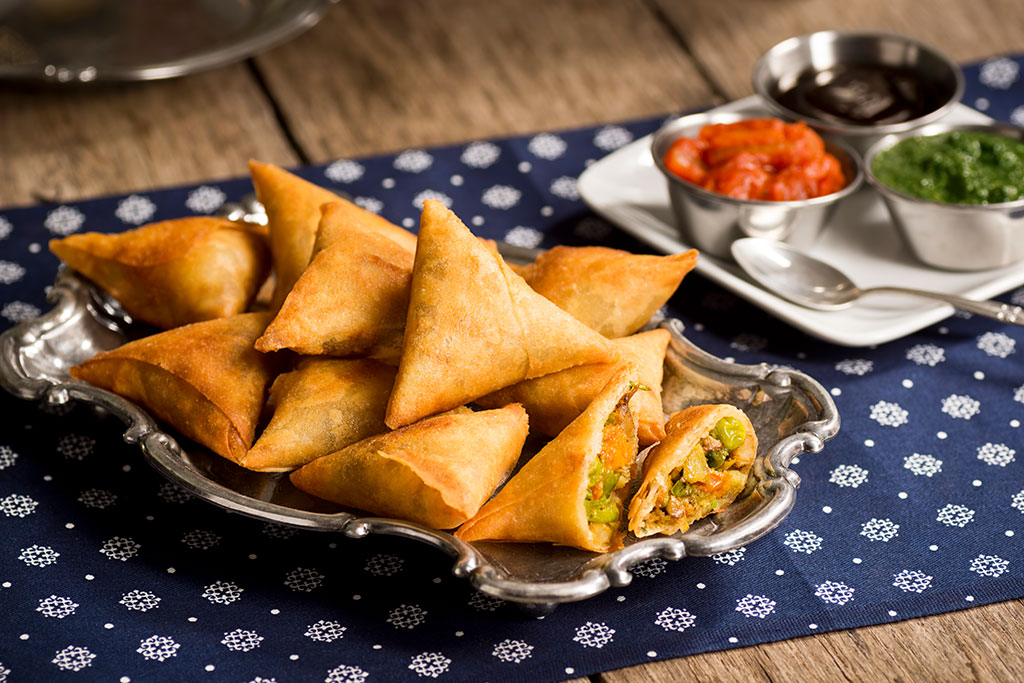
In your opinion, are Americans more open today to different cuisines?
Yes. I really think the idea that small-town America resists diversity is just a myth. We have come such a long way in this country in terms of diversity—it’s phenomenal. Granted, there are always going to be those who aren’t open-minded, but you’ll find that’s the case everywhere in the world. In fact, the biggest resistance I get is often from my own Indian community because they’ll dismiss my recipes as not being up to their standards until they try them.
What’s next?
I’m excited to say that I’ll be hosting the first public-television Indian food show. What’s so amazing about it is that I literally learned how to speak English by watching Sesame Street on a little black-and-white television. So this will bring everything full circle.
For more info, visit indianasapplepie.com
recipe by anupy singla
photos by katherine rasmussen polovina | luna light media
Blending a bit of turmeric into this corn soup is a great way to get all the healing properties of the spice without altering the light, bright taste of the corn. Use nuts like cashews rather than dairy to make it creamy. This soup is a great start to a meal or a nourishing snack between meals.

Yield: 18 cups




recipe by anupy singla
photos by dave monk and gregg lowe | brave new photos
This is a terrific and quick warm salad that is downright addictive. I really like it with cooked adzuki beans, but just about any legume would work. It’s so versatile that you can serve it over a bed of lettuce, over rice, with Indian bread, or stuffed in a pita.

Yield: 3 cups
TRY THIS!
I love mixing in freshly sprouted lentils or beans toward the end. You don’t want to kill the nutritional properties of the sprouts by cooking them, but adding them at the end will give you just enough flavor. We love eating the sprout concoction as a breakfast with a side of toast.



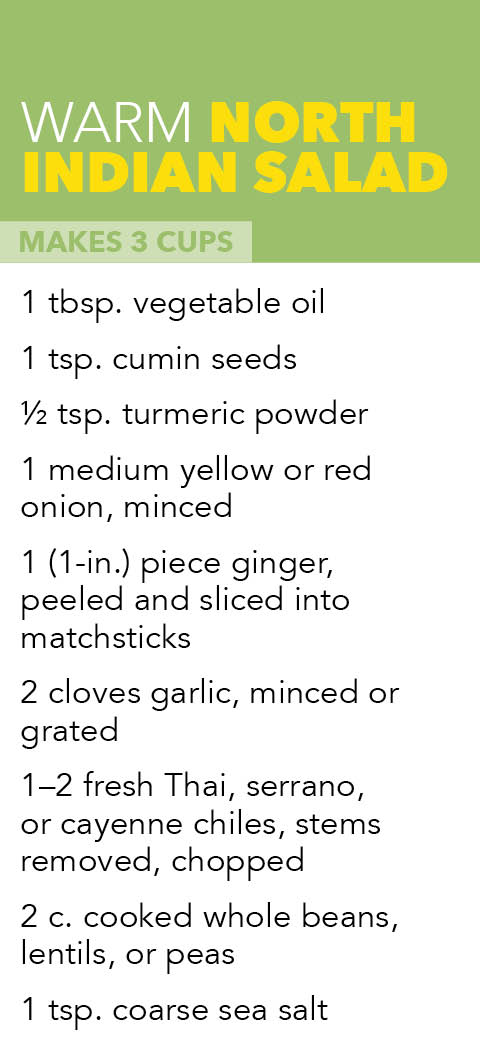
Above us, an infinite celestial expanse unfurls, a world of wonders we can observe but never truly touch. Its enchantment knows no bounds, captivating seasoned stargazers and casual skyward glancers alike. After all, who hasn’t at one point sought solace in the tranquil night sky or scanned the stars for a favorite constellation?
On April 8, however, a rare daytime spectacle will grace the skies—a total solar eclipse. Another one won’t cross over the United States again until 2045, so plan your viewing party and prepare to witness one of the most wonderful events of the century.

A solar eclipse occurs when the moon passes directly between the earth and the sun, resulting in the moon’s shadow being cast upon the earth’s surface. There are three main types of solar eclipse—total, partial, and annular—and which one transpires is contingent on the specific positions of the sun, moon, and earth. The alignment of these entities is known as syzygy, which is a nearly straight-line configuration of three or more celestial bodies. Throughout history, solar eclipses have held significant cultural and scientific value: the ancient Greeks interpreted them as messages from the gods, and a 1919 solar eclipse provided evidence for Einstein’s general theory of relativity.
A total solar eclipse, like the one gracing certain skies next month, happens when the moon entirely obscures the sun. This captivating process unveils the sun’s elusive solar corona, its outermost layer. On average, any particular location on earth observes a total solar eclipse only about once every 360 years. For those within the path of totality, which is a narrow strip of the eclipse’s main path across the earth’s surface, the sky transforms into an inky darkness resembling nighttime for a brief moment. Just before and after totality, viewers can also witness the enchanting occurrence known as Baily’s Beads, where sunlight peeks through lunar valleys to form a string of radiant spots around the moon’s edge. As that effect fades, it transforms into the diamond-ring effect, in which a burst of light akin to a diamond ring shines bright.
Fortunately, the predictability of eclipses enables astronomers to use mathematical models to forecast their exact paths far in advance. For April’s total eclipse, only thirteen US states will be within the path of totality, but those who live outside it can still experience a partial eclipse, where the moon conceals most but not all of the sun. (Check out NASA’s guide to learn more about the eclipse’s path.) No matter the location, though, it’s an exciting opportunity for enthusiasts and novices alike to view the entrancing display.

To ensure you have the most memorable viewing experience during next month’s solar eclipse, prepare using these essential considerations.
Plan ahead
If you live in or are traveling to a city within the path of totality to witness the eclipse, make your plans well in advance. You can expect possible delays getting to your viewing location due to increased traffic and crowds.
Check the timing
Familiarize yourself with the eclipse’s schedule in your specific area. The total eclipse may only last for one to two minutes, so make sure to get to your chosen viewing spot early. Luckily, you will have more leeway with a partial eclipse, which typically lasts between seventy to eighty minutes.
Wear eye protection
Protect your eyes at all times when viewing any type of solar eclipse since gazing at the sun without proper protection can lead to irreversible damage. Utilize certified eclipse glasses that adhere to ISO safety standards, or construct your own eclipse projector following NASA’s recommended guidelines.
Consider weather contingencies
While the eclipse will occur no matter what, the weather may obstruct your view. Stay prepared for potential weather-related challenges, and have a backup plan, such as traveling to a different city or state, in case you need to make adjustments.
Embrace the moment
A total solar eclipse is a rare and extraordinary occurrence that you might only get to witness a few times in your life, so take a moment to savor the experience. Remember to relax, look around, and immerse yourself in the wonder of the event as it unfolds.








